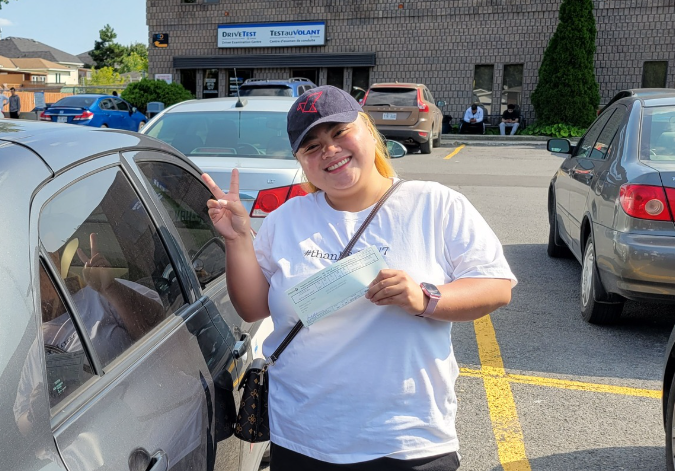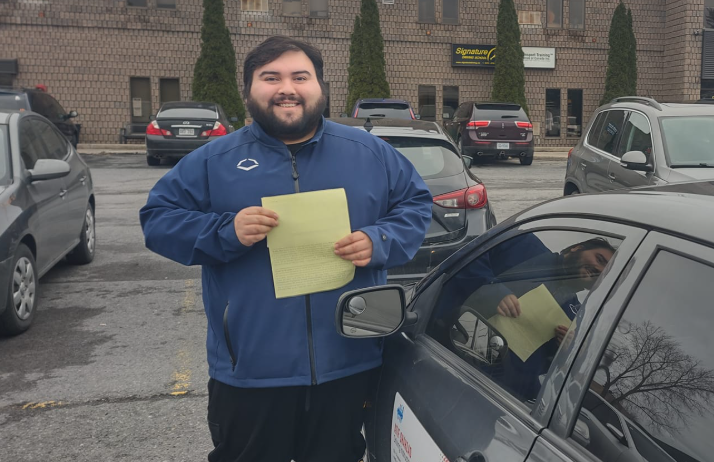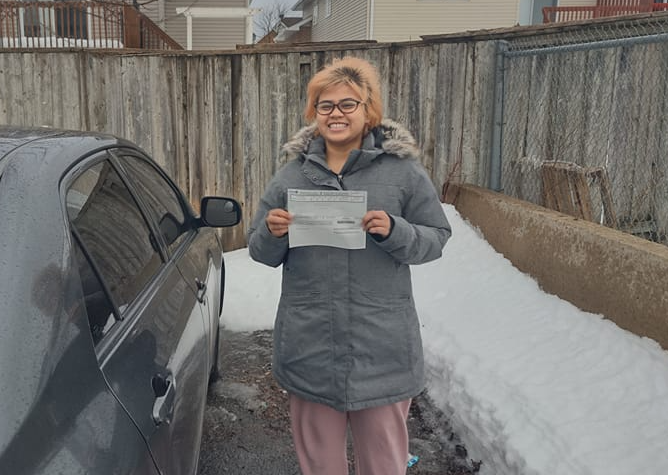Services
North Simcoe Driving School
Please click any of the service below to register yourself.
Beginner Drivers Education Course (BDE)
- 30 Hours Online Learning
- Minimum of 10 Hours of In-Car Driving Lessons
- May Eligible Saving in Insurance with (DLH)
- Reduction G2 Wait Time from a Year to 8 Months
- MTO Certification upon Completion
Private In-Car Driving Lesson
- City & Highway Driving Practice
- Parking & Reverse Techniques
- Faster Skill Improvement
- Focus on Weak Areas
- Personalized Feedback
Road Test Packages
- Warm-Up Driving Lesson before Road Test
- Car Rental for Road Test
- Boost Confidence
- Test Area Practice
- Pickup & Drop Available
Refresher In-Car Driving Lesson
- Perfect Before Road Test
- Correct Bad Habits
- Improve Road Safety
- Update Driving Skills
- Prepare for Driving Test or Evaluation
Adult / Teen In-Car Driving Lesson
- Personalized One-on-One Training
- Builds Confidence Behind the Wheel
- Master Defensive Driving Skills
- Flexible Scheduling for Busy Lifestyles
- Prepares You for Road Test Success
Driving Sessions for Seniors
- Boosts Driving Confidence
- Safer Driving Skills
- Updated Road Knowledge
- Better Reaction Time
- Greater Independence
Winter Season Driving Lessons
- Better Control on Snowy Roads
- Improved Braking Skills on Ice
- Boosts Driver Confidence in Winter
- Learn Emergency Handling
- Experience Real Winter Conditions
Weekends Driving Lessons
- Flexible Scheduling
- Less Traffic Stress
- More Instructor Availability
- Better Focus & Energy
- Faster Course Completion
Serving Areas of Ontario
Barrie, ON Innisfil, ON Midhurst, ON

Barrie, ON The BDE course here is worth every penny. Sam was calm, clear, and very professional. I passed my G2 easily on the first attempt. North Simcoe Driving School is the very best driving school in Barrie — they really know how to train confident drivers!

Barrie, ON I can confidently say Saqib is one of the most knowledgeable driving instructors in Barrie. His lessons are practical and focused on real test success. Whether you’re in the South End, North End, or nearby Midhurst, this school gives you the best experience to get your driving license in Barrie.

Barrie, ON (International Student @ Georgian College) After trying another school, I came to North Simcoe Driving School, and it was a total game changer. Mahmood made learning enjoyable and stress-free. The road test package was excellent — I passed my G2 test on the first try in Barrie! They truly are top-rated for a reason.

Barrie, ON (North End) I booked a road test package with ATTA, and his teaching method was spot on! He helped me understand everything about lane changes, parking, and safe driving. I passed on my first attempt. This is truly the best driving school in Barrie, covering all areas from North to South End.

Barrie, ON I took my BDE course with Sam and learned so much! The lessons were engaging, flexible, and focused on real driving situations. The school’s passing percentage is outstanding, and it’s clearly one of the top-rated driving schools in Barrie. I’m proud to say I got my driving license in Barrie with them!

Barrie, ON (South End) Saqib was such an amazing instructor — patient, friendly, and professional. I live in the South End of Barrie, and the school’s flexibility made lessons super easy to schedule. I passed my G test on the first try. Without a doubt, North Simcoe Driving School is the very best driving school in Barrie!
